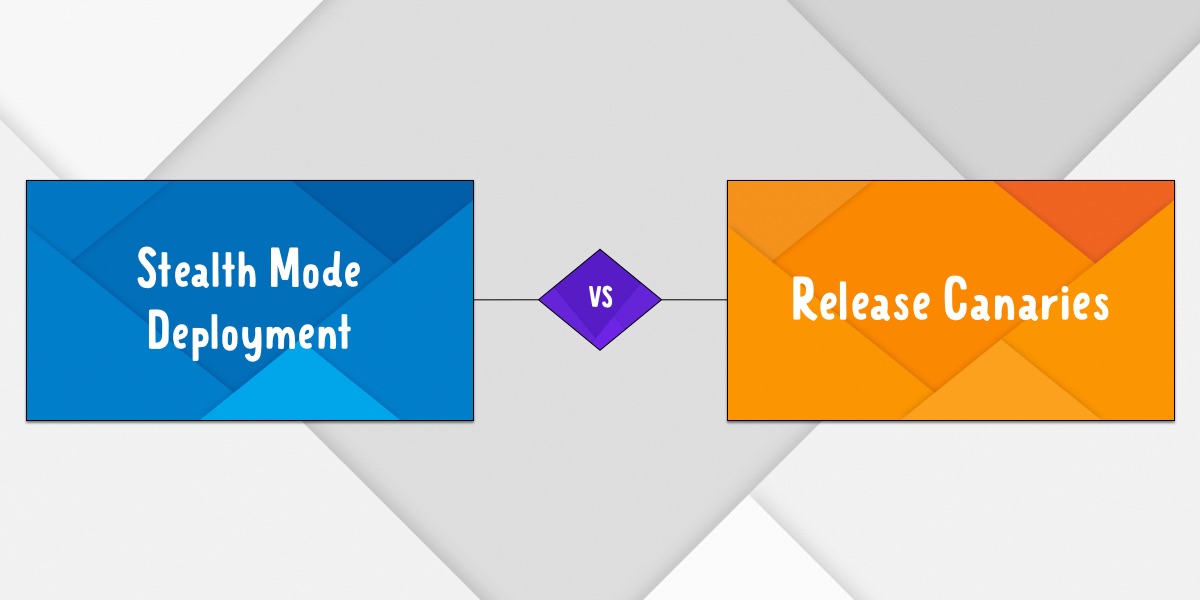Stealth Mode Deployment vs Release Canaries
Understand the Key Differences
Release Canaries and Stealth Mode Deployment are both software development and deployment strategies that aim to minimize the risk of introducing issues or negative impacts to the user base. However, they differ in their approach and execution.

Key Features
Release Canaries involve releasing a new version of software to a small subset of users or servers before rolling it out to a wider audience. The Canary is used to test the new release in a real-world environment and identify any potential issues before the release is made available to everyone.
Stealth Mode Deployment, on the other hand, involves gradually rolling out changes or new features to a small subset of users and monitoring the impact of those changes before rolling them out to a wider audience. The changes are not explicitly announced, and the focus is on making incremental changes that can be tested and monitored.
Key Differences
While both strategies aim to reduce the risk of introducing issues or negative impacts to the user base, release canaries are generally used for major releases, while Stealth Mode Deployment is more commonly used for incremental changes or feature rollouts. Release Canaries are also typically used in situations where there is a higher risk of introducing critical issues or where the user base is large and diverse, while Stealth Mode Deployment can be used in situations where the changes are less critical or the user base is smaller.
In summary, both Release Canaries and Stealth Mode Deployment can be effective strategies for minimizing risk and improving the quality of software releases. The choice of which strategy to use depends on the specific circumstances and goals of the release, as well as the size and diversity of the user base.
